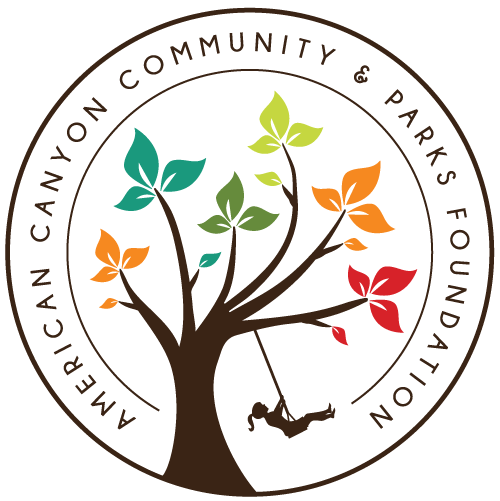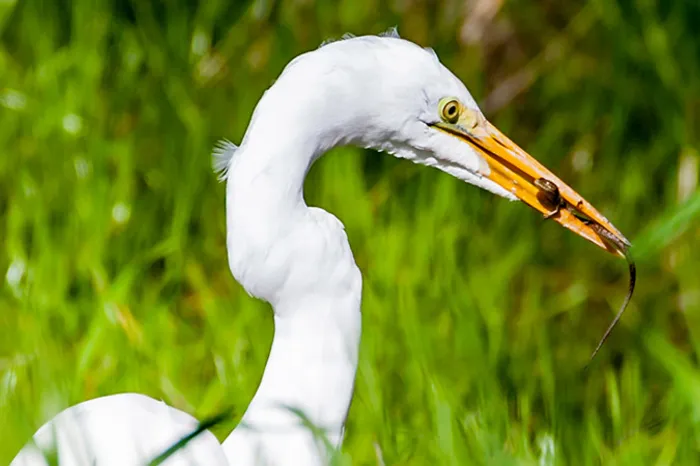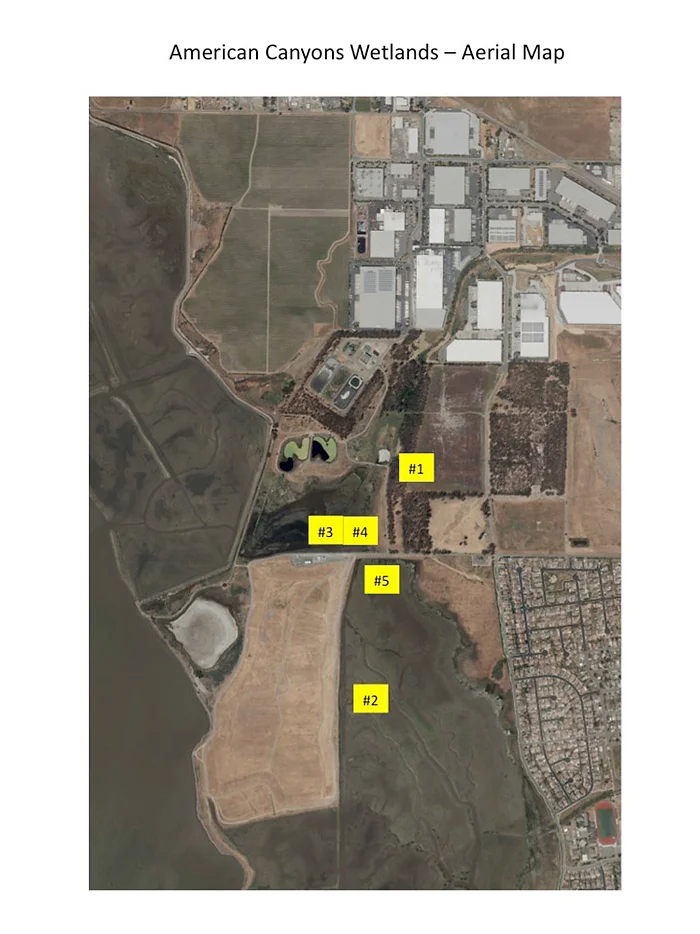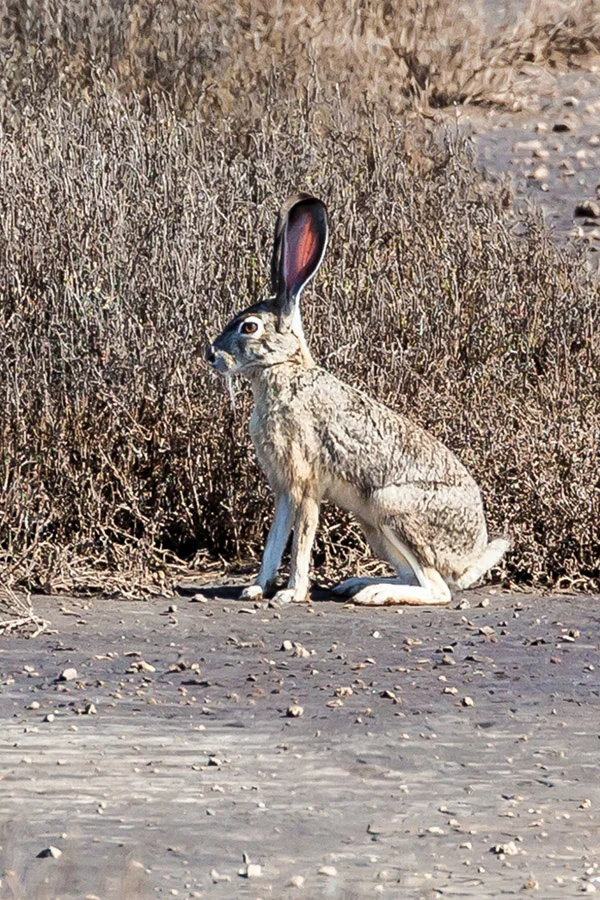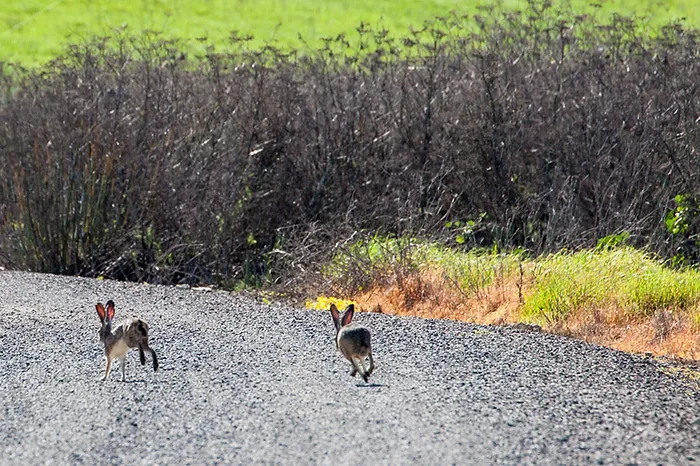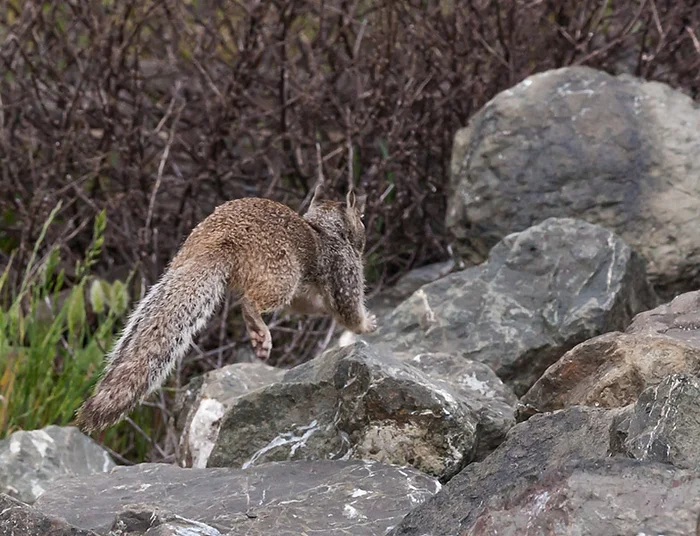Earth – This is the third piece in a series on the American Canyon Wetlands
Earth – our element. The ledger of human entries and edits. The place where we plant our feet. Here’s where all the other plants grow, and the food chain dries off before heading out to work. So far we’ve been looking down. This part, like a merry-go-round, will turn on the horizontal, going up or down only as the flow requires it.
Land is the middle layer of the wetlands environmental sandwich. Here the human hand has had its most noticeable role in supplying the fixings. In the history of the wetlands, we have set and reset the stage and changed the script many times over the years. While it is now leaning back towards its oldest theme, it has worn the wardrobes of farming, ranching, salt production, and an ugly stint as a junkyard and dump. There was even a time when this place was called the bad lands, when the denizens were a different kind of wild, and the lives were lived in shadowy and sometimes illegal ways. It’s hard to believe, but the start of reclamation wasn’t that long ago.
Here the level of activity may seem low. The land, the dry parts, may appear unused, even barren in parts, the life out to recess. It’s not. Many members of the original cast have returned, but strictly on a volunteer basis, and they’ll be better at seeing you first. Some may prefer to keep it that way and some of them, frankly, are on a different schedule. The wild land residents are also more sensitive to the thinness of barriers. Human limits are less on land than they are with water and air. Comfort zones here are built more on distance, speed, and invisibility, so they may prefer the game in the back room. It’s a gamble, but the odds are in favor of the attentive, the quiet, the able to stop and be still for a minute and those able to find beauty and awe on multiple levels.
The treasure map (depiction of the wetlands area) indicates where each photo was taken.
#6 Great White Egrets – This is a cross over from the last blog, which ended with these beautiful birds, so I’ll quote from it here. “They are elegantly statuesque as a rule but capable of lightning fast moves to catch a meal and occasional flashy displays for the ladies. These are carnivores, favoring fish but flexible across a range of marine life, and a few from the land.” You will most often see them standing in or near water waiting for a meal, but this one was inland at the edge of the eucalyptus grove on the side of the trail leading into the wetlands. As we approached, it had begun to move slowly forward and deeper into the grove. At first, I thought it was in response to our approach, but it seemed odd. Why didn’t it fly I wondered. Then I realized I had misjudged, stopped short and pulled up the camera, following its progress. It was clearly on the hunt and it ended in the lightning strike they are known for.
Great White Egrets
#7 Jackrabbits – There are lots of jackrabbits in the Wetlands. They aren’t actually rabbits though, they’re hares, bigger, with longer hind legs and ears. The latter give them an excellent sense of hearing to detect predators – and you. They are herbivores, mostly nocturnal, and prey to several predators such as coyotes, foxes, hawks and falcons. So they are generally alert to anything nearby. However, the one in this picture (I know, he almost doesn’t look real) was a big guy who popped out of the underbrush before he saw us. Once he did, he went immediately into the invisibility defense by flash freezing. You can almost hear him thinking, “they can’t see me.” He believed it enough to stay that way even though I moved, but he was wrong.
Jackrabbits
#8 Baby Jackrabbits – Jackrabbits produce several litters per year. Babies literally can hit the ground running – they are born with the immediate ability to make a dash. These guys were confident in their speed, reestablishing their distance each time we got closer. They live in shallow depressions called forms, covered over by grass and brush. You’ll pass near them without suspecting they are there.
Baby Jackrabbits
#9 California Ground Squirrels – If you didn’t already know, by now you have guessed. Ground squirrels don’t live in trees. They dig borrows to live in, which may be shared, but with each squirrel having a separate entrance. Ground squirrels are considered a keystone species because they are a food source for several predators (raptors, coyotes, foxes, rattlesnakes, etc.) while also providing affordable housing for other animals, who may use their burrows for shelter or even move in and expand them into dens. They may look scruffy and defenseless, but they are tougher customers than they seem. Adults often use a technique called tail waving as a successful deterrent to rattlesnake attack, and may even attack back to defend their young.
California Ground Squirrels
John Comisky is Vice President at the Wildlife Rescue Center of Napa County. John joins the ACCPF by writing about his experience with American Canyon’s Wetlands
